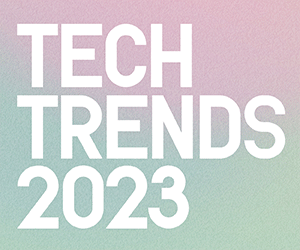What Is a Metaversity?
Metaversities are campuses created in the metaverse and, in some ways, they represent the next evolution beyond the immersive learning opportunities that currently exist for students at many colleges and universities.
Higher education immersive learning experiences through virtual reality (VR), augmented reality (AR) and extended reality (XR) have exploded in the past five years as commercial hardware including VR headsets have hit the market at relatively affordable prices. That’s allowed more people to experience VR in their homes and allowed students to feel more comfortable with the tools when they encounter them in college.
Today, VR is frequently used in healthcare training programs, where it can help offset, for example, the high cost of running a cadaver lab. It can also take the pressure out of training for high-stakes situations.
VictoryXR has been at the forefront of developing VR, AR and XR opportunities in higher education. CEO Steve Grubbs says that immersive tools offer “low consequences for mistakes” in areas such as chemistry, biology and other potentially dangerous fields.
“I can hand a student a human heart in the metaverse,” says Grubbs. “That student can expand that human heart until it’s 10 feet tall and then step inside, and the professor can teach.”
The metaversity centralizes those kinds of experiences in one cohesive space. In a metaversity setting, students participate in the form of avatars. Avatars can meet in the library for a study session or walk onto the quad and chat up some other classmates on a “digital twin” campus.
But replicating the on-campus college experience in a virtual space is a limited use of the metaverse’s potential, says Maya Georgieva, senior director of the Innovation Center at The New School and one of EdTech’s 2022 Higher Ed IT Influencers to Follow.
“Most universities trying to create a metaverse environment see it as a single, overarching environment that would incorporate a large range of experiences,” she says. “But today, most of the metaversities are still rather primitive, and they often re-create what we know rather than what’s possible in the metaverse.”
“The landscapes of our virtual campuses can push the limits of materials and gravity, and at some point in the future, we’ll have virtual campuses that will be responsive and enable truly immersive experiences, and this will work as an extension of our campuses, not a digital replica,” Georgieva continues.













